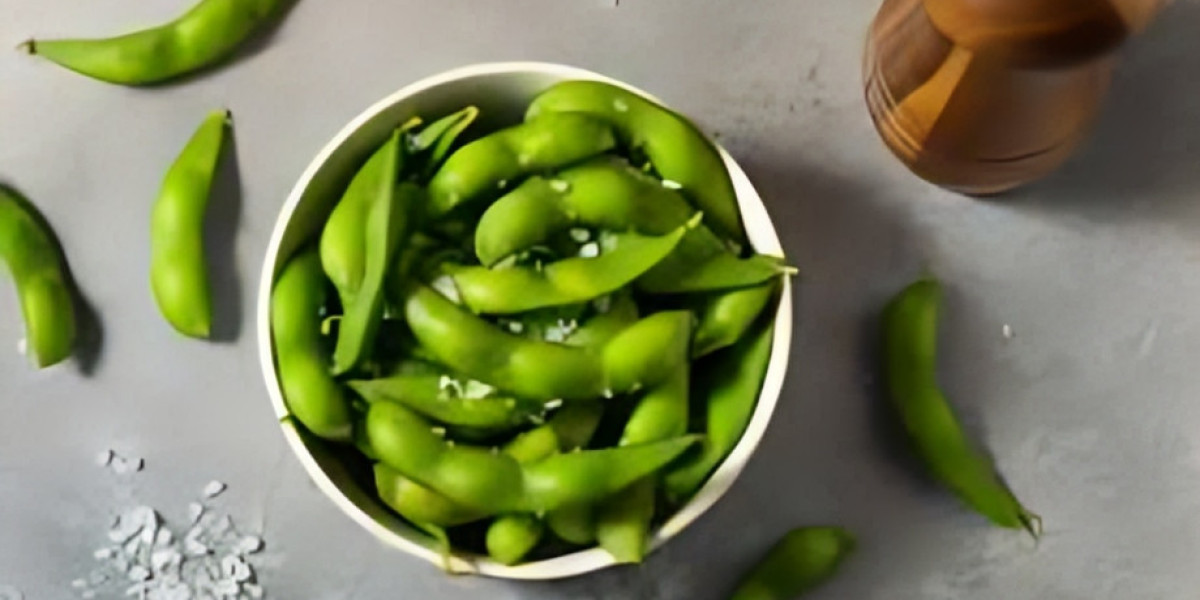Unlock the Secrets: Discover the Ultimate Bass Fishing Lures That Guarantee a Catch!
Bass fishing is not just a pastime; it's a thrilling adventure that combines skill, strategy, and a touch of patience. The right fishing lures for bass can be the difference between a successful day on the water and coming home empty-handed. Understanding the nuances of bass behavior and the variety of lures available is essential for any angler aiming to enhance their fishing game. In this article, we'll dive into the exciting world of bass fishing lures, exploring the different types, their effectiveness, and how to choose the best option for your fishing conditions.

Understanding Bass Behavior and Habitat
Bass are opportunistic feeders, known for their predatory nature and adaptability to various environments. They often lurk in shallow waters, seeking cover in structures like rocks, weeds, and fallen trees. Understanding their feeding patterns is crucial: bass tend to feed more aggressively during dawn and dusk, making these times ideal for fishing. Additionally, their behavior changes with the seasons; during the warmer months, they are more active and inclined to chase after lures, while in colder months, they become sluggish and require more finesse. Recognizing these patterns will help you select the right lures to attract them effectively.
Types of Fishing Lures for Bass
When it comes to bass fishing, the variety of lures available can be overwhelming. Each type of lure comes with unique features that cater to different fishing conditions and bass behavior. Understanding these types is key to maximizing your chances of a catch. Here are some popular types of fishing lures that every bass angler should know:
Spinnerbaits
Spinnerbaits are a staple in any bass angler's tackle box. Their unique construction features one or more spinning blades that create vibrations and flash in the water, mimicking the movement of prey. This action can trigger aggressive strikes, especially in murky waters. Spinnerbaits work well in various conditions and can be used effectively around cover, making them versatile for targeting bass hiding in structures.
Crankbaits
Crankbaits are designed to dive to specific depths, making them ideal for targeting bass at various levels in the water column. They come in a range of colors and sizes, allowing anglers to match the lure to the local forage. The erratic action of crankbaits can provoke bass to strike, especially during the warmer months when they are actively feeding. Whether you prefer shallow or deep diving crankbaits, understanding their diving depth is key to effective use.
Jigs
Jigs are perhaps one of the most versatile lures available. Comprising a weighted head and a hook, they can be dressed with various soft plastics to imitate different prey. Jigs are particularly effective when fished along the bottom, making them great for targeting bass in heavy cover or deeper waters. The ability to customize jigs with different trailers allows anglers to adapt to various fishing conditions and bass preferences.
Topwater Lures
Topwater lures provide an exhilarating fishing experience, as they create surface disturbances that provoke explosive strikes from bass. These lures mimic the action of fleeing prey, drawing bass to the surface. Early morning or late evening is the best time to use topwater lures, as bass are more likely to be feeding near the surface during these times. The thrill of watching a bass strike at a topwater lure is unmatched in the fishing world.
Choosing the Right Lure for Conditions
Selecting the right lure is crucial and should be based on several factors, including water conditions, weather, and seasonal patterns. For instance, in clear water, a more natural color may work best, while murky water might require brighter colors to increase visibility. Additionally, understanding the weather can influence bass behavior; overcast days can lead to more aggressive feeding, making it an ideal time to use spinnerbaits or topwater lures. Seasonality also plays a role: in spring, bass move into shallower waters to spawn, making it a prime time for jigs and crankbaits. Adapting your lure choice to these conditions will significantly enhance your fishing success.
Techniques for Using Bass Fishing Lures
Implementing effective techniques when using bass fishing lures is just as important as selecting the right lure. Varying your retrieval speed and technique can make a significant difference in attracting bass. For instance, a steady retrieve works well with crankbaits, while a stop-and-go method can be more effective with spinnerbaits. Additionally, learning to "pop" your topwater lures can simulate the action of injured prey, triggering a strike. Experimenting with different presentations and techniques will allow you to discover what works best in specific situations and conditions.
Key Takeaways for Successful Bass Fishing
In summary, understanding the various types of fishing lures for bass, their features, and the techniques for using them is essential for any angler looking to improve their catch rate. By taking the time to learn about bass behavior and adapting your lure selection to the conditions, you can enhance your fishing experience. So, gear up, experiment with different lures, and embark on an exciting journey to unlock the secrets of successful bass fishing!











